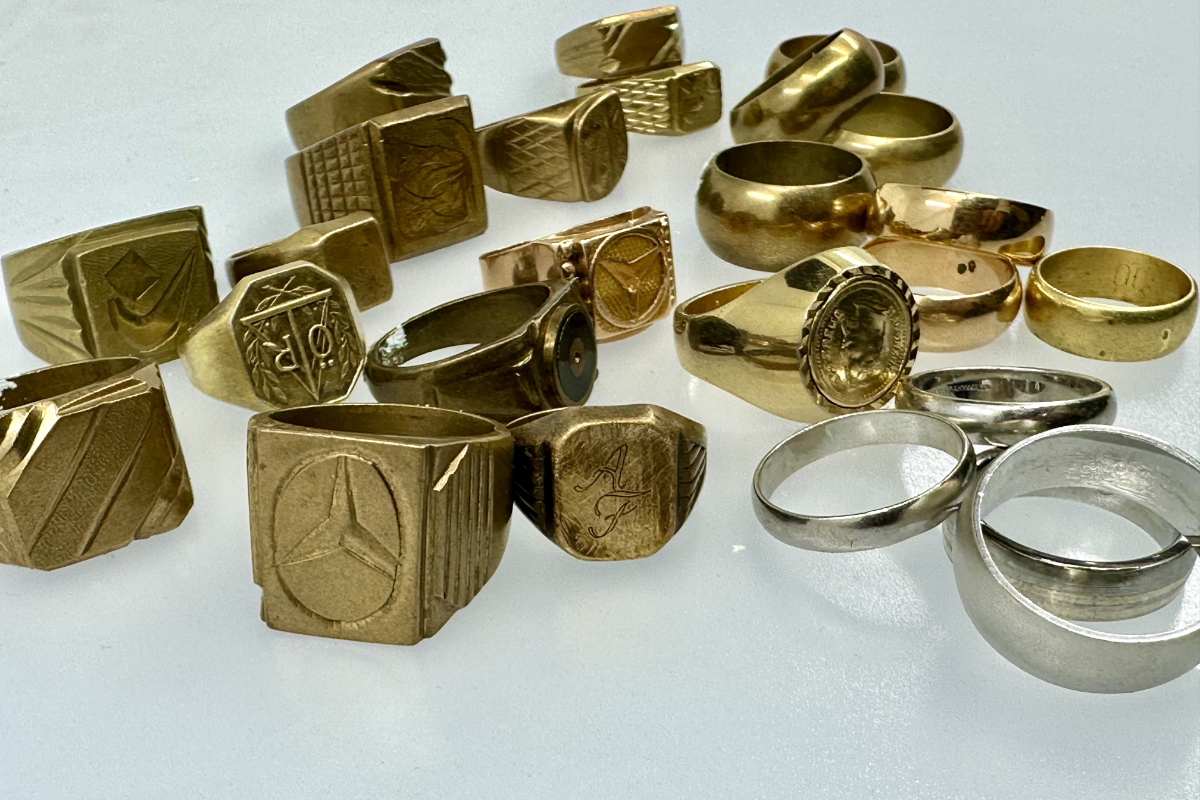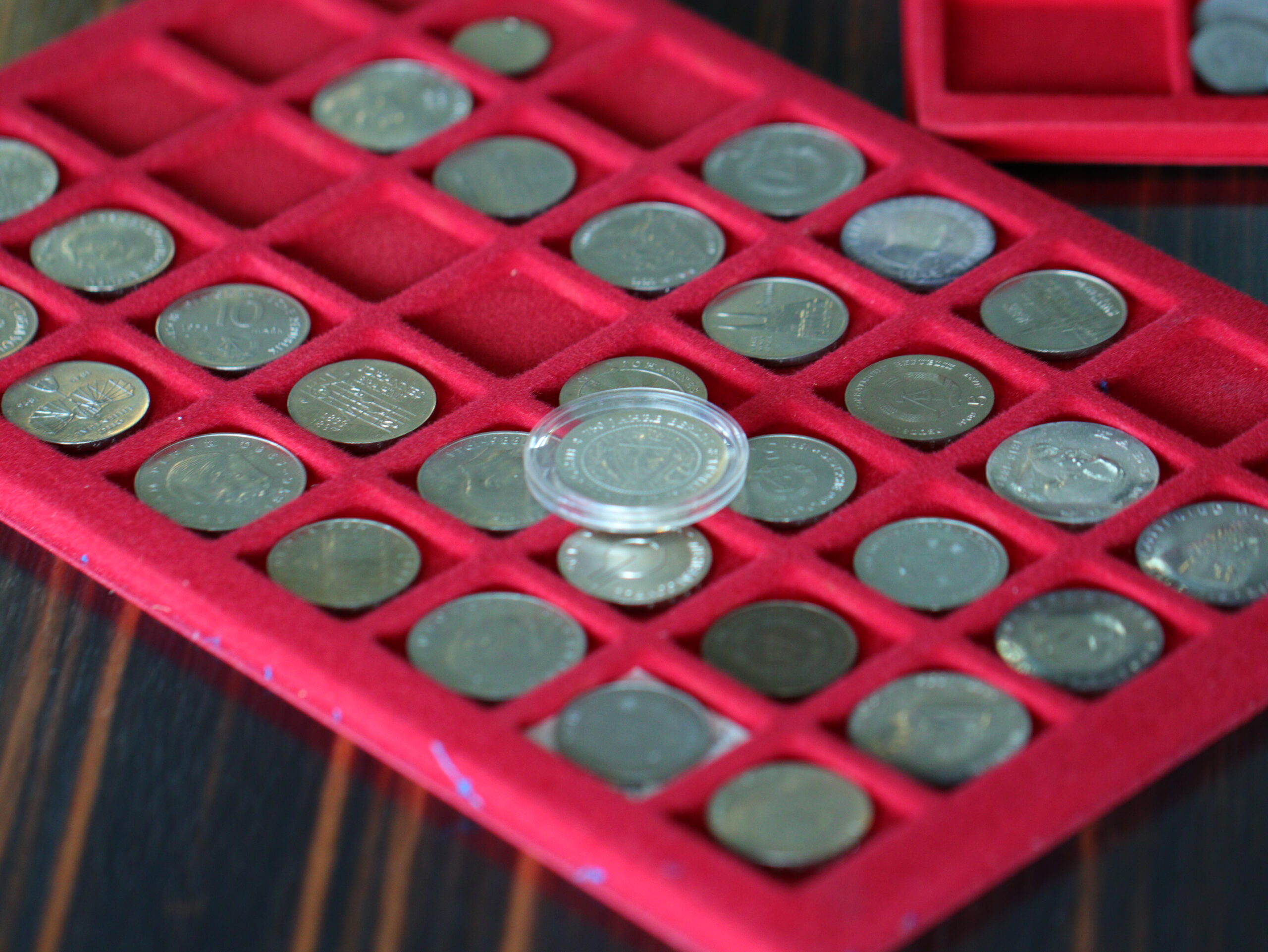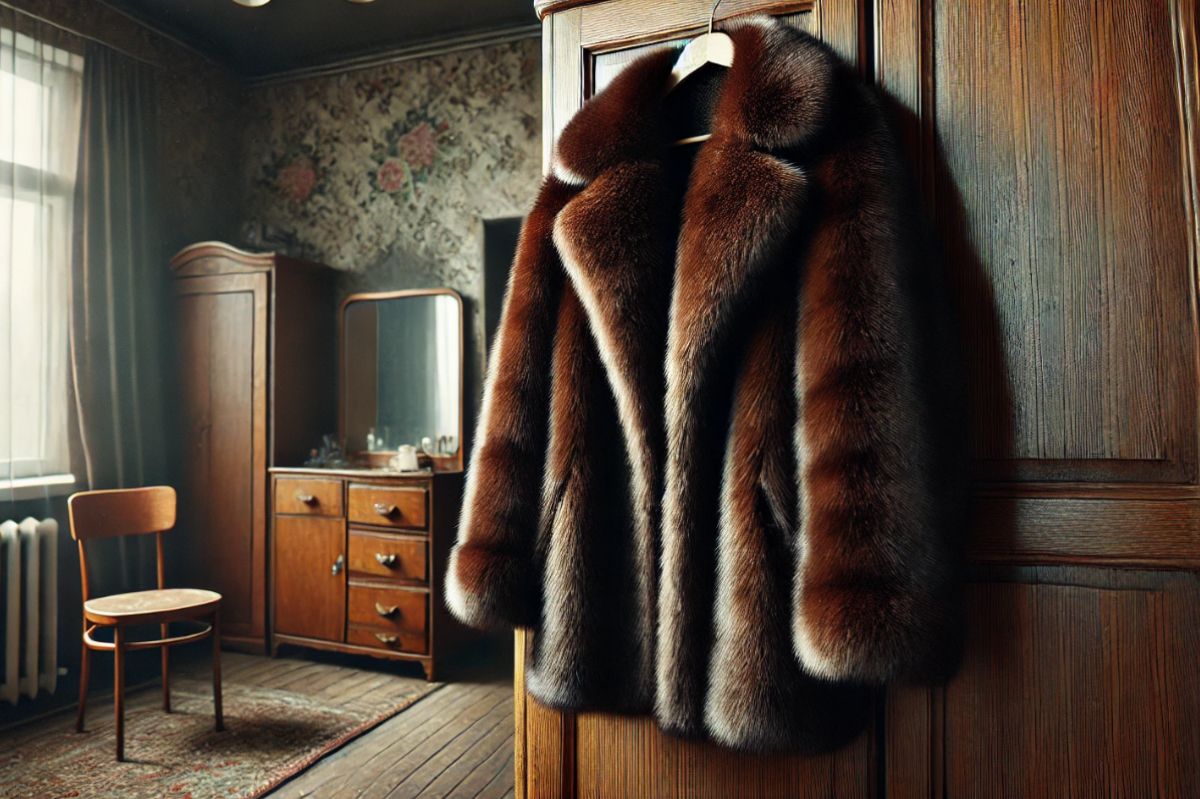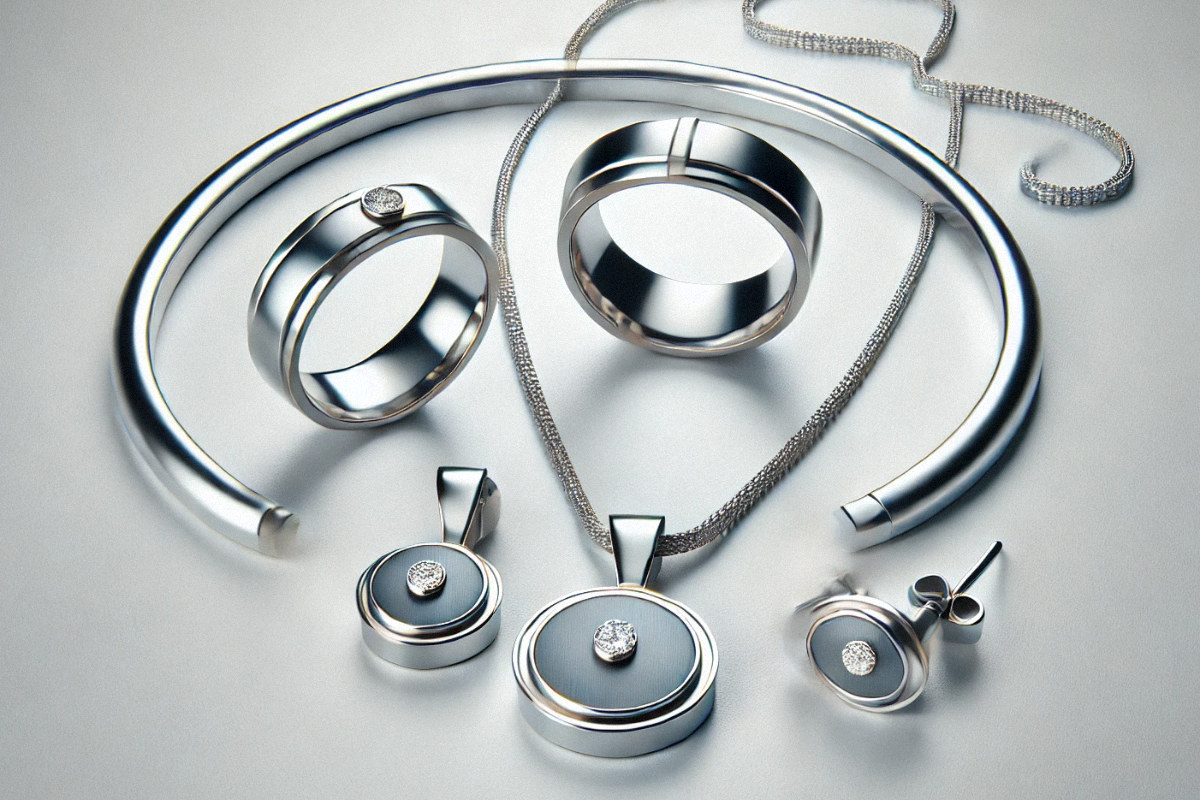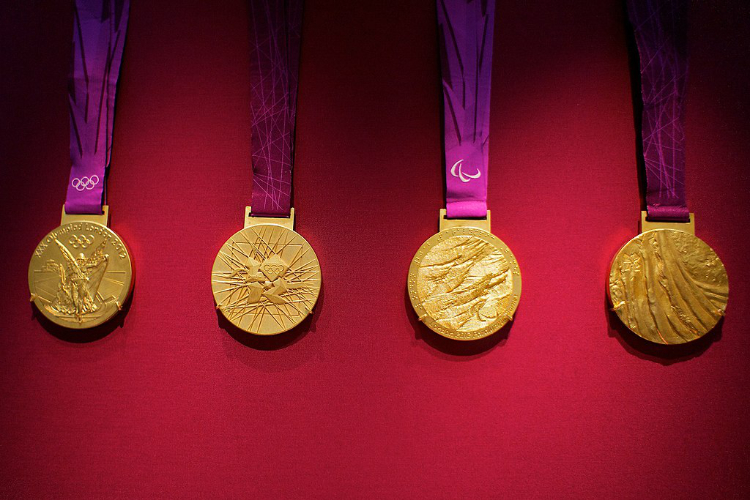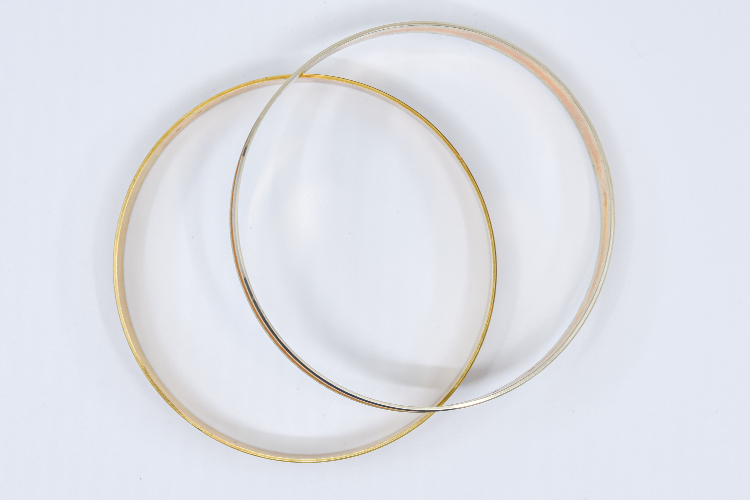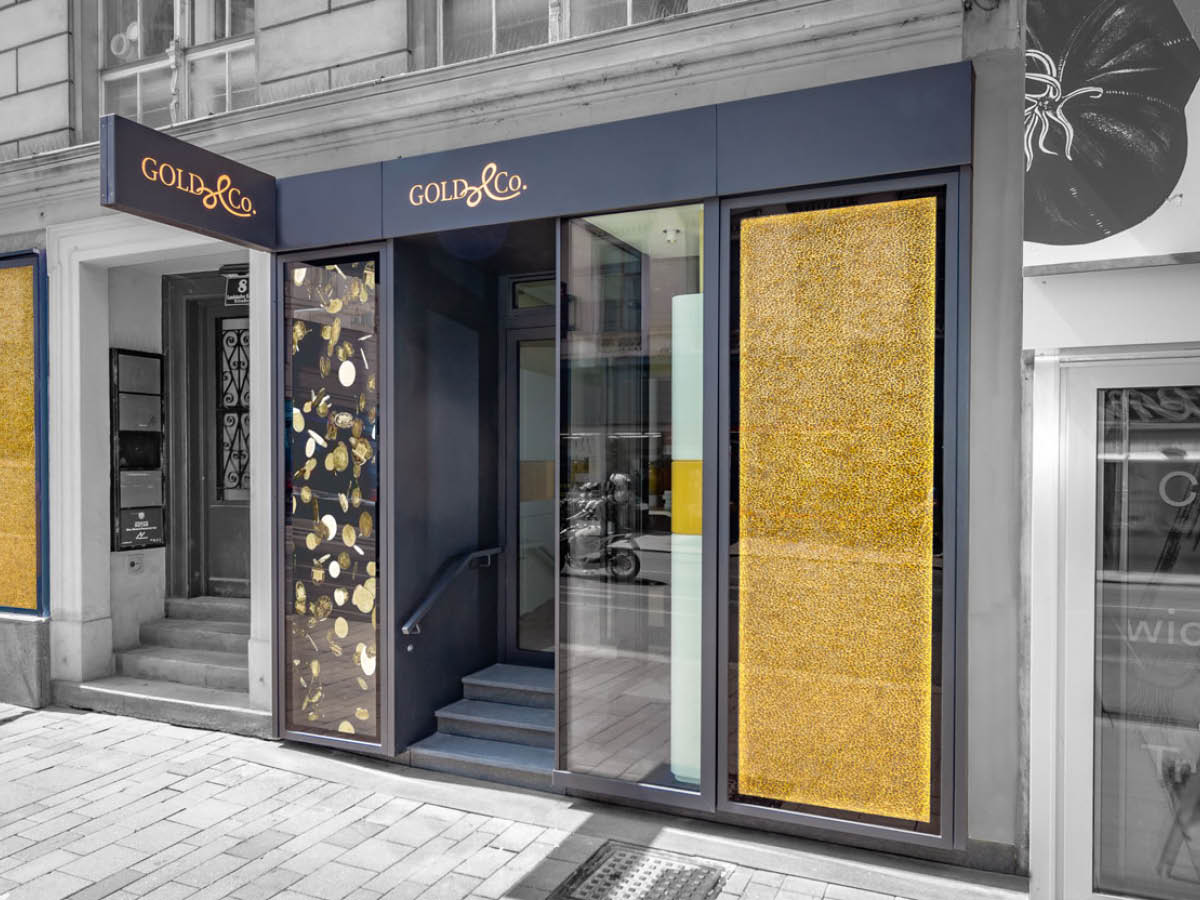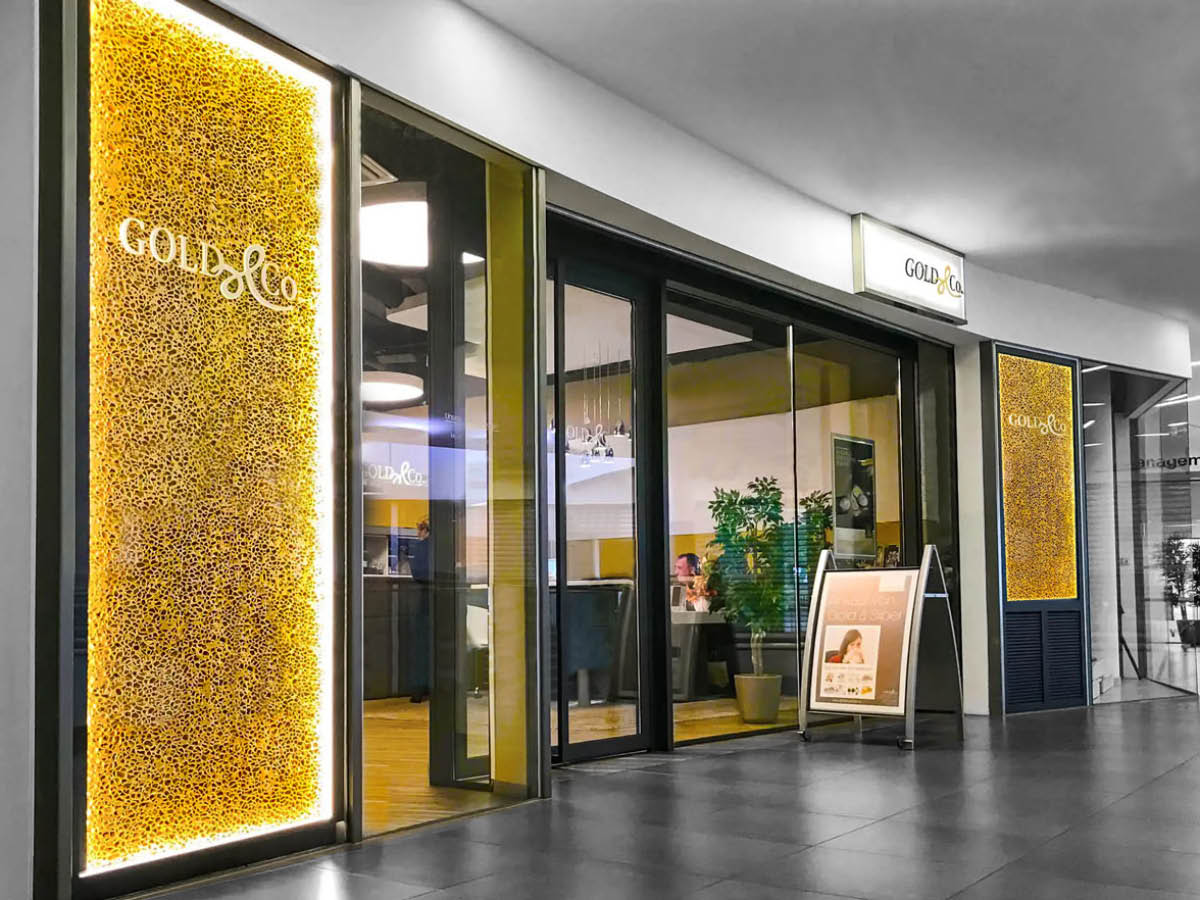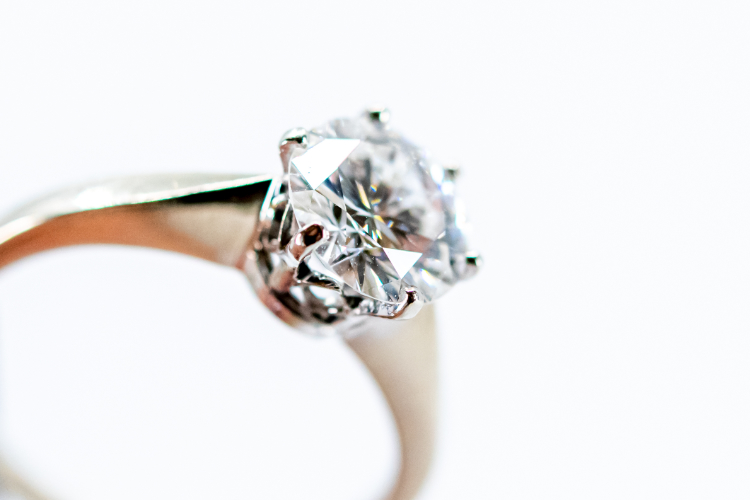
Useful or not?
Alongside gold, diamonds are considered to be one of the most valuable things of all. Diamonds are the crystalline and clear special form of carbon, which was exposed to enormous pressure and high heat in the earth's crust. Diamonds are mined with great human effort, from depths of up to five kilometers, where the valuable form of carbon is extracted at temperatures of around 50°C. The largest diamond mine in the world is so large in diameter that it can even be seen from space.
The mined rough diamonds are purchased from wholesalers and cutters at so-called "sights". The main trading centers are Antwerp, Israel and Mumbai. The diamond market is a very discreet market with its own unchangeable trading rules and is characterized by trust in handshake quality among honest dealers (there are also many black sheep!). Nevertheless, buying diamonds is always a risk for laymen if it is not done with a reputable dealer.
The mining of diamonds is increasingly controversial from an ethical and ecological point of view. On the one hand, the protagonists of the conventional system, who argue that only a naturally grown diamond is a real diamond and call for clear labeling requirements. On the other side - led by Hollywood star Leonardo di Caprio from the film "Blood Diamonds", among others - the industrially producible "lab-grown diamonds" (now also for jewelry use) are promoted for reasons of ecological sustainability, as well as the human aspect, as the diamonds are sometimes extracted from the rock by miners under inhumane conditions.
Nevertheless, there is currently great price pressure on diamonds. In addition to production from the mines, demand is currently being met by buying back diamonds from the last 100 years and, not least, by the successful production of synthetic diamonds.
The "4 Cs" of diamonds: Carat, Clarity, Color & Cut
Unlike gold and other precious metals, whose price can simply be calculated from the pure weight and the current gold price, the price of diamonds depends on the individual piece and its quality.
The 4Cs are decisive:
- Carat(weight),
- Clarity(purity)
- Color(Color)
- Cut
This makes each diamond unique and - once certified - always recognizable.
Carat- size and weight of a diamond in carats
The weight of a diamond is given in carats (incorrectly: kt or ct), whereby the metric carat corresponds to exactly 0.2 grams. The carat weight is normally stated to the 2nd decimal place, i.e. to two thousandths of a gram.
It is also true here that the price does not increase linearly with size. Because larger stones are rarer, a one-carat diamond, for example, is not worth twice as much as a half-carat diamond of the same quality, but many times more. Also, two small stones that add up to one carat, for example, are worth less together than a single one-carat stone.
Clarity- The purity of a diamond
Natural diamonds are formed deep inside the earth, where pure carbon is exposed to enormous heat and pressure over billions of years, causing it to crystallize. In the course of this process, small inclusions and blemishes appear on the surface of the stones. Flawless diamonds without inclusions are correspondingly rarer and therefore significantly more valuable than stones with blemishes.
To determine their clarity grade, diamonds are evaluated under a 10x magnifying loupe, whereby not only the number and size of inclusions and blemishes are decisive, but also the type, location and color of the flaws. There are standardized tables for assessing clarity, such as the GIA scale:
| Degree of purity | English | German | Description |
| FL | Flawless | Magnifying glass | No inclusions or blemishes visible at 10x magnification by an experienced inspector |
| IF | Internally Flawless | No inclusions visible at 10x magnification by an experienced inspector | |
| VVS1 | Very, Very Slightly Included | Very, very small inclusions | Inclusions at 10x magnification can only be recognized with difficulty by an experienced examiner |
| VVS2 | |||
| VS1 | Very Slightly Included | Very small inclusions | Inclusions low and relatively difficult to relatively easy to recognize by an experienced examiner at 10x magnification |
| VS2 | |||
| SI1 | Slightly Included | Small inclusions | Inclusions clearly visible at 10x magnification by an experienced inspector, barely visible to the naked eye |
| SI2 | |||
| SI3 | |||
| I1 / P1 | Included / Piqué | Inclusions visible to the naked eye | Inclusions obvious at 10x magnification and easy to see with the naked eye |
| I2 / P2 | |||
| I3 / P3 | |||
| P2 | |||
| P3 |
Color-color & shades of a diamond
In addition to weight and clarity, color is another factor that plays a role in the value of a diamond. In 98% of all cases, diamonds are discolored to a yellowish hue by nitrogen. The stronger this coloration is, the lower the price that can be achieved when selling.
The hue is checked in the laboratory in simulated daylight by comparing it with a sample stone. The scale of the Gemmological Institute of America (GIA) with a classification into 23 color grades from D-Z has become established for the classification of diamonds into color classes.
| GIA | English | German |
| D | Colorless | Ultra-fine white + |
| E | Ultra-fine white | |
| F | Fine white+ | |
| G | Near Colorless |
Fine white |
| H | White | |
| I | Lightly tinted white | |
| J | ||
| K | Faint Yellow |
Tinted white |
| L | ||
| M | Tinted | |
| N | Very Light Yellow |
|
| O | ||
| P | ||
| Q | ||
| R | ||
| S | Light Yellow |
|
| T | ||
| U | ||
| V | ||
| W | ||
| X | ||
| Y | ||
| Z |
However, colored diamonds are a special feature. If the hue of a diamond is more intense than the GIA color grade Z or if a stone has a different color, it is considered a "fancy diamond" or colored diamond. In this case, the more intense the color, the rarer and therefore the more valuable it is.
Fluorescence should also be mentioned as a sub-item of tinting. Some diamonds have the property of glowing bluish under UV light. Diamonds with high fluorescence, i.e. those that glow more strongly, are worth less than diamonds with low - or no - fluorescence. With colored diamonds, however, the reverse principle applies: the stronger the bluish shimmer, the more the "fancy diamond" is worth.
Cut - The cut of a diamond
Another price-determining quality feature is the cut of a diamond. A cut must have perfect proportions, be symmetrical and polished to a mirror finish. This is because only a perfect cut guarantees maximum reflection of the incident light.
This reflection then creates the famous sparkle of the gemstone. The best-known cut is certainly the round brilliant cut, which promises a very good "light yield". However, there are also numerous other cuts, from the pear cut to the navette or marquise cut to the emerald or emerald cut.
Here, too, there are standardized tables, for example that of the Gemmological Institute of America, which recognizes five gradations:
- Excellent
- VeryGood
- Good
- Fair(Fairly good, Sufficient)
- Poor
The fifth C - Conflicts
As illegally mined rough diamonds were used to finance civil wars in the past, efforts are now being made to prevent the trade in such blood diamonds and conflict diamonds. As a result, rough diamonds without an indication of origin and Kimberly certificate are now largely outlawed by reputable dealers. There is generally no proof of origin for polished diamonds.
The problematic history behind many stones has therefore led to an increase in the production of artificial diamonds in recent years. The aim is to tap into new, younger buyer groups with such sustainable and ethically unproblematic stones.
Synthetic diamonds
It has been possible to produce diamonds artificially since the mid-1950s and synthetic diamonds are becoming better and better and, above all, cheaper thanks to ever-improving processes. In the meantime, an American start-up has also brought a process to production maturity in which diamonds can be grown from real diamond chips under high pressure and enormous temperatures within a few weeks. These diamonds are then indistinguishable from real diamonds, even for experts, as they have the same geological signature as the sliver from which they were grown.
The fact that artificial diamonds are on the rise is not only demonstrated by the fact that numerous companies are investing in their production alongside "Blood Diamond" star Leonardo Di Caprio, but also by the fact that the world's largest diamond trader, De Beers, is now also entering into the production of artificial gemstones. This step is probably also based on the intention that the synthetic market does not slip into uncontrollable illegality, but instead finds its way into the diamond market in a regulated manner. A synthetically produced diamond has the same properties as a naturally grown diamond, but costs only a third to a quarter of the price of a naturally grown diamond.
Diamonds as an investment
Diamonds as an investment are certainly only for absolute connoisseurs and professionals. For amateurs and even experienced jewelers, real stones are often almost indistinguishable from today's perfect syntheses or quality-enhanced, treated stones.
To assess the value correctly, you therefore need an expert's report or a certificate or grading report from an international gemmological institute.
Diamonds are also not suitable as a short-term investment or speculative object. Trading is too difficult and the costs of buying and selling are too high. Unlike gold or silver, which are exempt from VAT or can at least be traded with differential taxation, diamonds are subject to VAT.
Gemstones and diamonds can make sense as a long-term investment if they are intended to protect the investment portfolio from sharp falls as a defensive addition and in the sense of diversification. After all, a complete collapse in value is certainly not on the cards.
So if you want to invest in diamonds, you should know that investment diamonds are only suitable as a pure investment from a size of 1 to 2 carats. In order to achieve the best possible resale value, the requirements for the other Cs should also be kept high. Investment stones should be flawless and as colorless as possible, whereby subsequently enhanced stones should be avoided.
As the brilliant cut is the most common, the chances of finding a buyer are best here. Since, unlike gold, there is no international reference price for diamonds and the individual valuation of each piece always involves a certain subjectivity in the appraisal by the appraiser, trading in diamonds is difficult for the average investor and only something for professionals with the appropriate expertise.
Where to buy diamonds?
Diamonds are sold by jewellers, specialized gemstone dealers and also some precious metal dealers.
Would you like to sell diamonds?
Of course, we are still available for advice on precious metals and gemstones!

